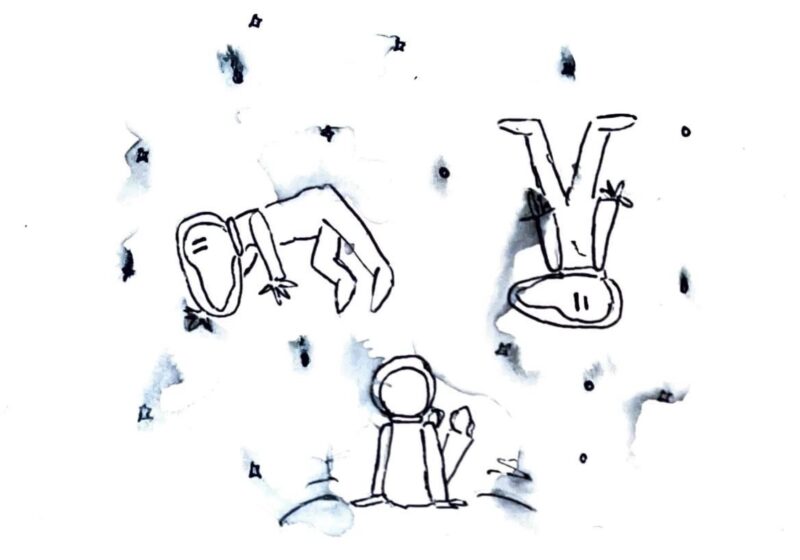
So I’m driving along one day listening to some Daft Punk, and I start realizing that their songs are really repetitive, and yet, it doesn’t bother me. So I start thinking, why doesn’t it bother me? This is what I discovered.
All popular music is repetitive — not only within a song, or band or genre, but basically within all modern music that doesn’t fall under the category of “intellectual” music. All popular music follows predictable forms and tonal trajectories, making it incredibly repetitive on the whole.
Daft Punk doesn’t do this. Their songs are unlike other popular songs. They use techniques that separate their music into its own sort of world.
Maybe the best way to see how this works is to walk through a song. Perhaps one of their most repetitive songs, “Alive,” can best demonstrate how this repetition is so incomprehensibly refreshing.
The song starts out with just a pounding beat and at some indistinguishable point, about 17 seconds in, a new sort of swishy drum sound starts looping with the beat. The two sounds keep repeating until about 1:04 when they are joined by a guitar, which starts playing five notes over and over along with two alternating guitar notes in the background.
The two alternating notes start increasing in their prominence and at about two minutes (1:49) in the swishing drum part almost completely drops out, and suddenly everything sounds a little hollow. It is about at this point that you might realize that you were listening to something repetitive — the sudden but subtle change is enough to give the listener a sense of desire for more.
Also, it’s at this point that you realize that the song is simple and slowly and subtly changing. It is these very subtle changes that keep the music just fresh enough to prevent it from being too repetitive.
Continuing with the song, about 15 seconds after the drums change, the drumbeat becomes less pounding, though still very pulse-like. All the while different layers of the music are fighting out for dominance creating waves of slowly altering sound.
Then at 2:58 the drums drop out and it’s like the world was pulled out from under your feet and for fifteen seconds you fall — until 3:13 when we get our pulse back. The timbre of the instruments slowly changes and somehow, through the repetitiveness give clues to the subtle changes in the song.
Again from 3:43 to 3:51 we lose the beat, but this time it seems to be okay; instead of feeling lost, it’s like a moment of free falling.
At 4:41, the layers and timbres shift again, just ever so slightly keeping what would otherwise become monotonous, fresh. At about 5:00 the drums drop out for good, leaving just the bass to carry on the pulse to the end.
See, Daft Punk’s music is composed of various layers all of which are subtly shifting throughout the song. Sometimes it is only the dynamics of the different layers that change, sometimes it is their timbre, sometimes both.
Like much of “popular music,” Daft Punk’s songs can become repetitive at times, but this is actually part of what makes them refreshing.
I have to admit that part of the reason why I chose “Alive” is because I used to be so prejudiced against it. It would always come up on my iPod after “Aerodynamic,” and I couldn’t get past the repetitive, pounding beat. One day, I had my iPod on and was busy cleaning and couldn’t skip the song. I could not believe what I’d been missing.
Don’t get me wrong, not every Daft Punk song feels like a release from the monotony of popular music. For example, I think I’d rather poke out my own eyes than listen to “Technologic” — in this case, the repetitive nature of Daft Punk is not so much refreshing as it is annoying.
Still, in all, the band provides a much needed antithesis to popular music.



